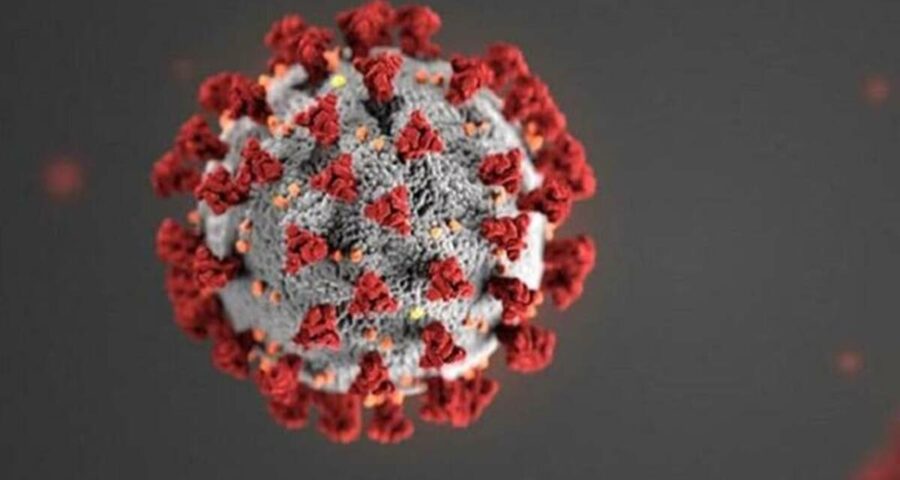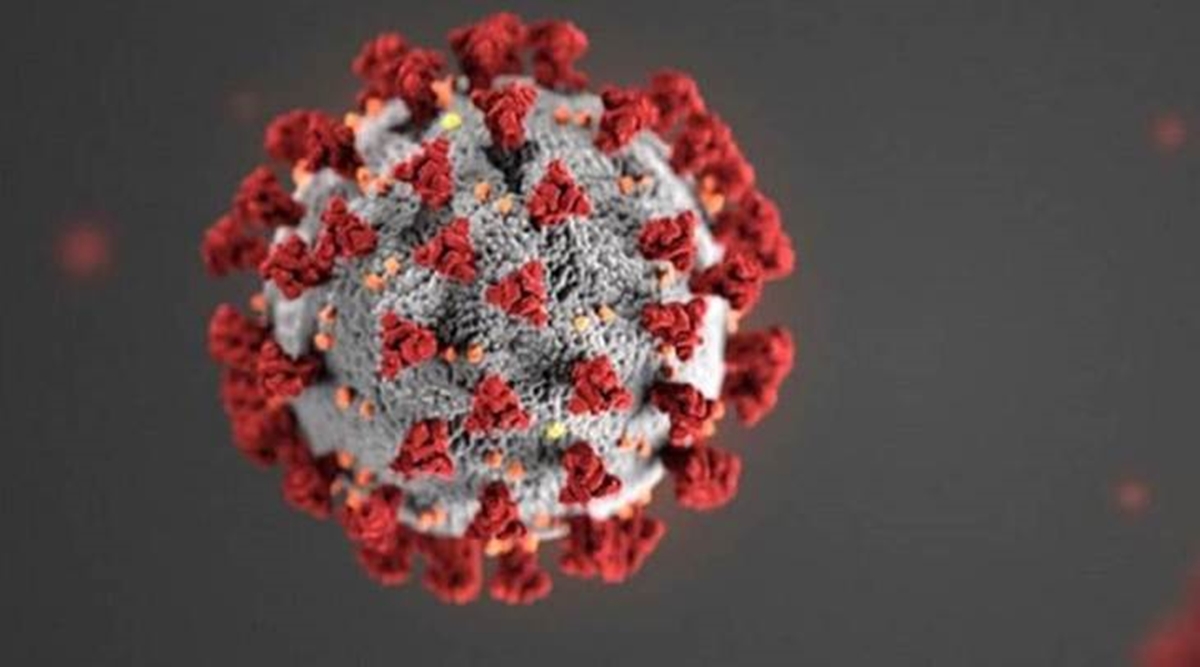Findings from the new studies provide important insights into its characteristics that will help inform public health, clinical, and research responses to this and other COVID-19 variants.
Two new studies, published in The Lancet Infectious Diseases and the Lancet Public Health found no evidence that people with the B.1.1.7. variant experience worse symptoms or a heightened risk of developing long COVID compared with those infected with a different COVID-19 strain. However, viral load and R number were higher for B.1.1.7., adding to growing evidence that it is more transmissible than the first strain detected in Wuhan, China, in December 2019.
The emergence of variants has raised concerns that they could spread more easily and be more deadly, and that vaccines developed based on the original strain might be less effective against them. Preliminary data on B.1.1.7. indicates that it is more transmissible, with some evidence suggesting it could also be associated with increased hospitalisations and deaths. However, because the variant was identified only recently, these studies were limited by the amount of data available.
Findings from the new studies, which spanned the period between September and December 2020, when B.1.1.7. emerged and began to spread across parts of England, provide important insights into its characteristics that will help inform public health, clinical, and research responses to this and other COVID-19 variants.
The report in the Lancet infectious diseases journal is a whole-genome sequencing and cohort study involving COVID-19 patients admitted to University College London Hospital and North Middlesex University Hospital, UK, between November 9 and December 20, 2020. This was a critical time point when both the original and B.1.1.7. variants were circulating in London, the vaccination programme was just starting, and before a significant surge in cases in early 2021 caused a strain on the NHS.
The authors compared illness severity in people with and without B.1.1.7 and calculated viral load. Among 341 patients who had their COVID-19 test swabs sequenced, 58% (198/341) had B.1.1.7 and 42% (143/341) had a non-B.1.1.7. infection (two patients’ data were excluded from further analysis). No evidence of an association between the variant and increased disease severity was detected, with 36% (72/198) of B.1.1.7. patients becoming severely ill or dying, compared with 38% (53/141) of those with a non-B.1.1.7 strain.
Patients with the variant tended to be younger, with 55% (109/198) of infections in people under 60 compared with 40% (57/141) for those who did not have B.1.1.7. Infections with B.1.1.7. occurred more frequently in ethnic minority groups, accounting for 50% (86/172) of cases that included ethnicity data, compared with 29% (35/120) for non-B.1.1.7 strains.
Those with B.1.1.7. were no more likely to die than patients with a different strain, with 16% (31/198) of B.1.1.7. patients dying within 28 days compared with 17% (24/141) for those with a non-B.1.1.7. infection.
More patients with B.1.1.7 were given oxygen by mask or nasal cannula than those with a non-B.1.1.7. strain (44%, 88/198 vs 30%, 42/141, respectively). However, the authors say this is not a clear measure of disease severity, as patients may have received nasal prong oxygen for reasons unrelated to COVID-19, or as a consequence of underlying conditions.
To gain insights into the transmissibility of B.1.1.7., the authors used data generated by PCR testing of patient swabs to predict their viral load – the amount of virus in a person’s nose and throat. The data analysed – known as PCR Ct values and genomic read depth – indicated that B.1.1.7. samples tended to contain greater quantities of virus than non-B.1.1.7. swabs.
Dr Eleni Nastouli, from University College London Hospitals NHS Foundation Trust and the UCL Great Ormond Street Institute of Child Health, UK, said: “One of the real strengths of our study is that it ran at the same time that B.1.1.7. was emerging and spreading throughout London and the south of England. Analysing the variant before the peak of hospital admissions and any associated strains on the health service gave us a crucial window of time to gain vital insights into how B.1.1.7. differs in severity or death in hospitalised patients from the strain of the first wave. Our study is the first in the UK to utilise whole-genome sequencing data generated in real-time and embedded in an NHS clinical service and integrated granular clinical data. The finding that lineage B.1.1.7 infection did not confer increased risk of severe disease and mortality in this high-risk cohort is reassuring but requires further confirmation in larger studies.”
Source: Read Full Article


